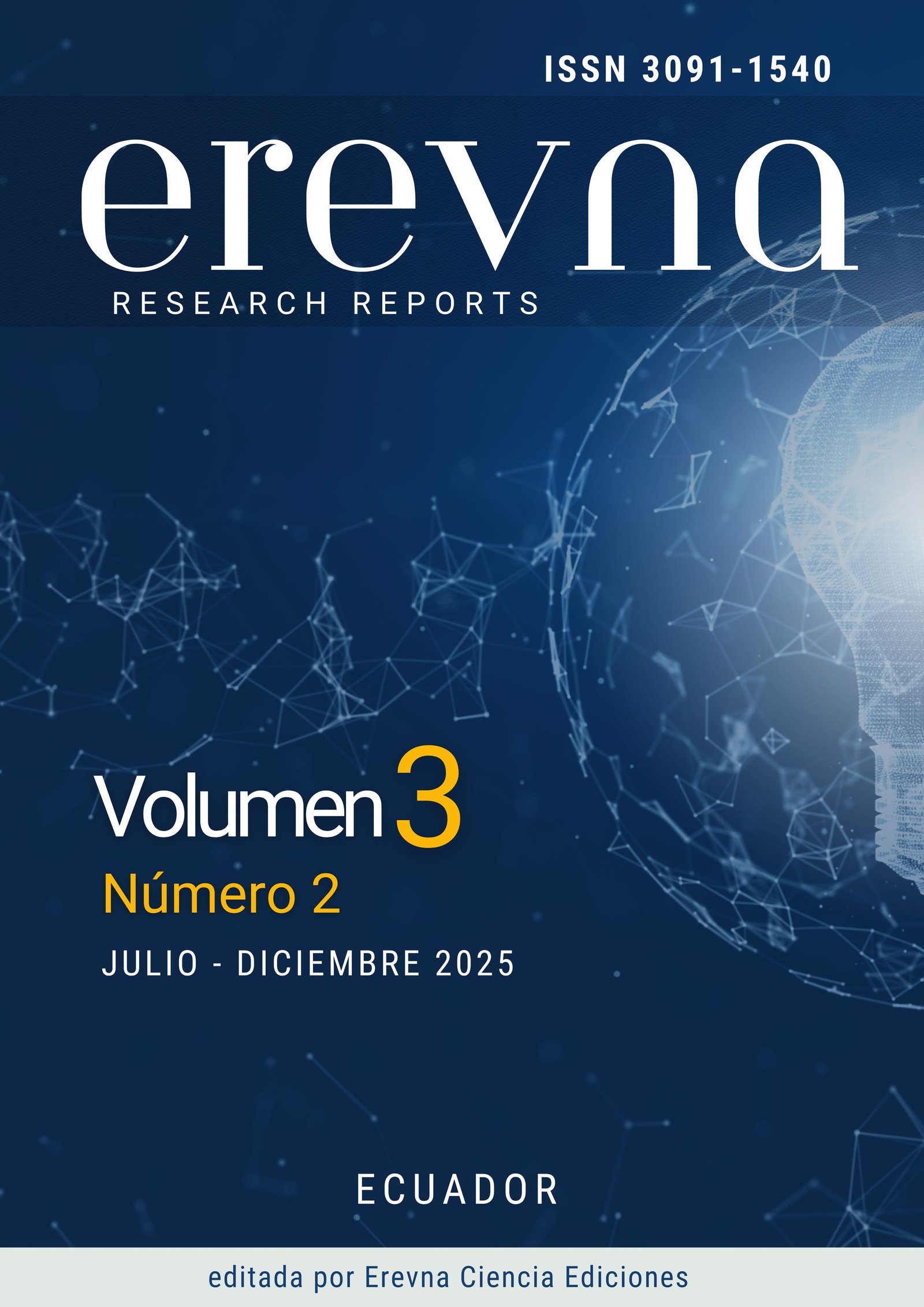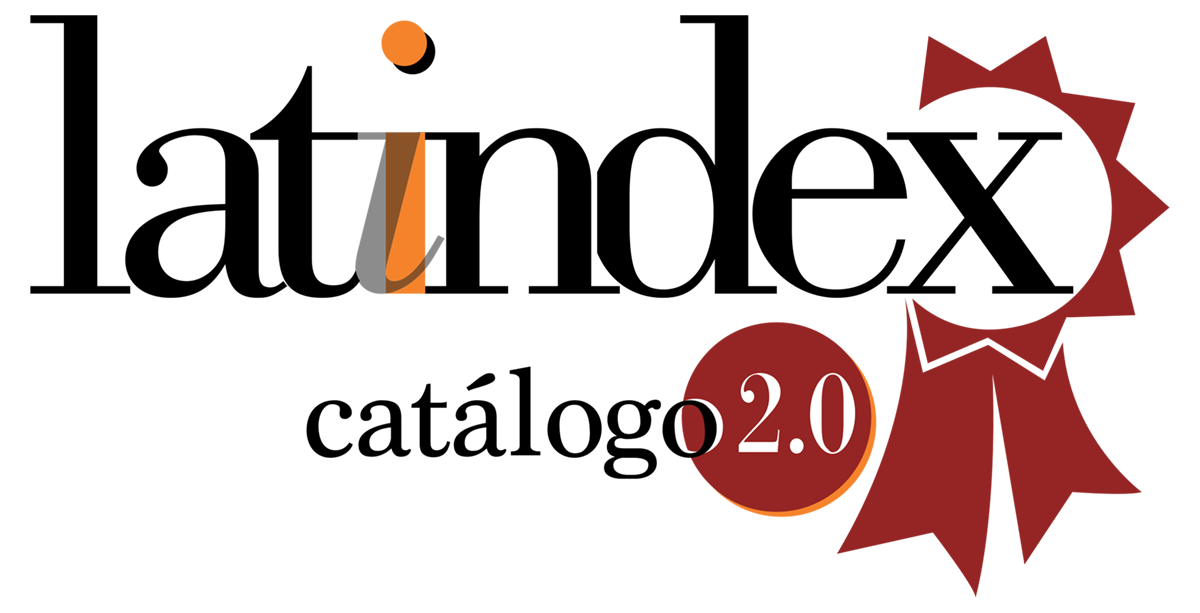Burnout y Compromiso Organizacional en Personal de Atención Psicosocial de Movilidad Humana
DOI:
https://doi.org/10.70171/khaykk10Palabras clave:
burnout, compromiso organizacional, psicología de emergenciasResumen
Justificación: en contextos de alta vulnerabilidad social, la labor psicosocial se convierte en una prueba constante de resiliencia y compromiso. Comprender cómo interactúan el burnout y el compromiso organizacional es clave para garantizar la sostenibilidad de los servicios de apoyo. Objetivo: el presente estudio analizó la relación entre el burnout y el compromiso organizacional en personal de atención psicosocial que brinda apoyo a personas en movilidad humana en Ecuador. Metodología: se utilizó un enfoque cuantitativo, no experimental, transversal, descriptivo y correlacional, con una muestra de 233 participantes. Para la evaluación se aplicó el Oldenburg Burnout Inventory (OLBI) y la Utrecht Work Engagement Scale (UWES-9). Resultados: los resultados evidenciaron que el 65,9 % del personal presentó burnout en nivel medio, destacando altos porcentajes en agotamiento emocional (39,9 %) y desconexión laboral (40,8 %). En contraste, el compromiso organizacional mostró una distribución polarizada, con predominio en vigor (57,9 %) y dedicación (58,8 %). El análisis correlacional reveló una relación negativa muy alta y significativa entre burnout y compromiso organizacional (r = -,935; p < 0,01), indicando que a mayor nivel de burnout, menor es el compromiso organizacional. Conclusión: los hallazgos reflejan la necesidad de implementar estrategias institucionales orientadas al bienestar, resiliencia y fortalecimiento del compromiso para garantizar la sostenibilidad de los servicios psicosociales en contextos de alta vulnerabilidad social.
Descargas
Referencias
Adwi, M., Abdellatif, N., Sadek, I., & Elsheikh, M. (2025). Compassion satisfaction and compassion fatigue in humanitarian aid workers: the relationship with shared trauma and coping mechanisms. Frontiers in Psychology, 16, 1522092. https://doi.org/10.3389/fpsyg.2025.1522092
Ames, R. J. (2022). Factores de atracción y retención del talento humano y su influencia en el compromiso organizacional. Económicas Cuc, 43(1), 139-152. https://orcid.org/0000-0001-7318-4857
Anbousi, S., Chalco, J., & Endara, P. (2023). Prevalencia y factores asociados del síndrome de burnout en el personal de salud que labora en pediatría y neonatología: Un estudio observacional de centro único. Revista Ecuatoriana de Pediatría, 24(1), 70-78. https://doi.org/10.52011/205
Anchelia, V., Inga, M., Olivares, P., & Escalante, J. (2021). La gestión administrativa y compromiso organizacional en instituciones educativas. Propósitos y representaciones(SPE1), e899-e899. https://doi.org/10.20511/pyr2021.v9nSPE1.899
Cameron, L., Cauley, M., Broek, N. v., & Cauley, H. (2024). The occurrence of and factors associated with mental ill-health amongst humanitarian aid workers: A systematic review and meta-analysis. PLoS one, 19(5), e0292107. https://doi.org/10.1371/journal.pone.0292107
Castañeda, L., & Sánchez, A. (2022). Satisfacción laboral y burnout en personal docente. RETOS. Revista de Ciencias de la Administración y Economía, 12(24), 230-246. https://doi.org/10.17163/ret.n24.2022.03
Castillo, D., Bravo, M., Esquivel, J., Esquivel, M., & Salgado, F. (2022). Síndrome de Burnout y compromiso organizacional en un hospital público–Perú. Ciencia Latina Revista Científica Multidisciplinar, 6(6), 8256-8271. https://doi.org/10.37811/cl_rcm.v6i6.3995
Chóez, M. E., & Vélez, L. P. (2021). Motivación laboral y su relación con el nivel de compromiso organizacional en las escuelas de conducción. Polo del Conocimiento: Revista científico-profesional, 6(4), 88-107. https://doi.org/10.23857/pc.v6i4.2540
Cortez, D., Campana, N., Huayama, N., & Aranda, J. (2021). Satisfacción laboral y síndrome de burnout en docentes durante el confinamiento por la pandemia COVID-19. Propósitos y representaciones, 9(3), 11. https://doi.org/10.20511/pyr2021.v9n3.812
Domínguez-Salas, S., Rodríguez-Domínguez, C., Arcos-Romero, A. I., Allande-Cussó, R., García-Iglesias, J. J., & Gómez-Salgado, J. (2022). Psychometric properties of the Utrecht Work Engagement Scale (UWES-9) in a sample of active health care professionals in Spain. Psychology research and behavior management, 3461-3472. https://doi.org/10.2147/PRBM.S387242
Foo, C., Tay, A., Yang, Y., & Verdeli, H. (2023). Psychosocial model of burnout among humanitarian aid workers in Bangladesh: role of workplace stressors and emotion coping. Conflict and Health, 17(1), 17. https://doi.org/10.1186/s13031-023-00512-1
Franco, S. M. (2022). What has been written about burnout syndrome in prison officers? Revista Espanola de Sanidad Penitenciaria, 24(3), 87. https://dx.doi.org/10.18176/resp.00056
Gamarra, J. R. (2024). Síndrome del quemado como predictor del compromiso laboral en docentes de universidades de Chiclayo, Perú. Actualidades Investigativas en Educación, 24(2), 320-343. https://doi.org/10.15517/aie.v24i2.57185
García, M., Aguilar, J., & García, M. (2021). Bienestar psicológico y burnout en personal de salud durante la pandemia de COVID-19. Escritos de Psicología (Internet), 14(2), 96-106. https://dx.doi.org/10.24310/espsiescpsi.v14i2.13618
Hernández Sampieri, R., & Mendoza Torres, C. P. (2018). Metodología de la investigación: Las rutas cuantitativa, cualitativa y mixta (6.ª ed.). McGraw-Hill.
Jaramillo, M., Mafla, A., Izurieta, N., Barnett, D., Hsu, E., & Grunauer, M. (2025). Characterizing Mental Health in an LMIC Context: Measuring Compassion Satisfaction, Burnout, and Secondary Traumatic Stress Among Health Care Providers in Ecuador During COVID-19 with the ProQOL V5 Questionnaire. Disaster Medicine and Public Health Preparedness, 19, , 19, e109. http://doi.org/10.1017/dmp.2025.114
Jarrín-García, G. H., Patiño-Campoverde, M. M., Moya-Lara, I. N., Barandica-Macías, Á. E., & Bravo-Zurita, V. E. (2022). Prevalencia del Síndrome de Burnout en docentes ecuatorianos de educación superior en tiempos de pandemia Covid-19. Polo del Conocimiento, 7(2), 183-197. https://doi.org/10.23857/pc.v7i1
Mendoza, E. (2022). Competencia digital, burnout y compromiso organizacional en educadores de universidades privadas en el contexto de la COVID-19. Apuntes Universitarios, 12(3), 446. https://doi.org/10.17162/au.v13i1.1350
Núñez, M., Garduño, K., & Rossel, P. (2023). Burnout y compromiso antes y en el confinamiento del COVID-19. Investigación administrativa, 52(132), 25. https://www.scielo.org.mx/pdf/ia/v52n132/2448-7678-ia-52-132-00004.pdf
Osorio, C., Pacheco, C., Velandia, Y., & Bohórquez, L. (2024). Síndrome de burnout en empleados domésticos de Colombia. Revista Venezolana de Gerencia (RVG), 29(107), 1300-1317. https://doi.org/10.52080/rvgluz.29.107.21
Paredes, P., Bravo, A., Santana, C., Chicaiza, M., & Aguayo, A. (2023). Mental health in resident and postgraduate doctors during the COVID-19 Pandemic at the Ambato General Hospital: Artículo en Inglés de Salud mental en los médicos residentes asistenciales y de posgrado durante la pandemia COVID–19 en el Hospital. INSPILIP, 7(22), 14-22. https://doi.org/10.31790/inspilip.v7i22.535
Ramírez, L. M. (2025). The Cultural adaptation and validation into Spanish of the Oldenburg Burnout Inventory (OLBI) in university professors in Colombia. International Journal of Psychological Research, 18(1), 39-49. https://doi.org/10.21500/20112084.7043
Ramírez, M., Ontaneda, M., Otero, P., Ortega, D., Blanco, V., & Vázquez, F. (2025). Burnout, Associated Factors, and Mental Health Measures Among Ecuadorian Physicians: A Cross-Sectional Study. Journal of Clinical Medicine, 14(7), 2465. https://doi.org/10.3390/jcm14072465
Reis, C., Tecedeiro, M., Pellegrino, P., Paiva, T., & Marôco, J. P. (2021). Psychometric properties of the Oldenburg Burnout Inventory in a Portuguese sample of aircraft maintenance technicians. Frontiers in Psychology, 12, 725099. https://doi.org/10.3389/fpsyg.2021.725099
Rodríguez, R., Martínez, M., & Sánchez, I. (2014). Análisis de las propiedades psicométricas de la Utrecht Work Engagement Scale en una muestra de trabajadores en Puerto Rico. Universitas Psychologica, 13(4), 1255-1266. https://doi.org/10.11144/Javeriana.UPSY13-4.appu
Rosas, J., Casillas, J., Tinajero, J., & Martínez, V. (2023). Compromiso laboral y síndrome de burnout en un segundo nivel durante pandemia por COVID en México, 2021. Revista Médica del Instituto Mexicano del Seguro Social, 60(5), 533. https://pmc.ncbi.nlm.nih.gov/articles/PMC10396031/pdf/04435117-60-5-533.pdf
Sanjinez, S. (2023). Relationship between Organizational commitment, burnout and job satisfaction in a prívate entity in La Paz city. Fides Et Ratio(26), 49-76. Retrieved from http://www.scielo.org.bo/pdf/rfer/v26n26/v26n26_a04.pdf
Santiago, C. (2023). Liderazgo ético y compromiso organizacional. El rol inesperado de la motivación intrínseca. Revista Universidad y Empresa, 25(45), 31. https://doi.org/10.12804/revistas.urosario.edu.co/empresa/a.13169
Shee, C. Y., Kuowei, A., Yang, Y., & Verdeli, H. (2023). Psychosocial model of burnout among humanitarian aid workers in Bangladesh: role of workplace stressors and emotion coping. Conflict and Health, 17(1), 17. https://doi.org/10.1186/s13031-023-00512-1
Treviño, R., & López, J. (2022). Factores críticos en la satisfacción laboral, el compromiso organizacional y el agotamiento laboral (burnout) en docentes de México. Información tecnológica, 33(2), 259-268. https://www.scielo.cl/pdf/infotec/v33n2/0718-0764-infotec-33-02-259.pdf
Valencia, M. (2023). Consideraciones éticas en la investigación etnográfica institucional. Persona y Bioética, 27(1), 10. https://doi.org/10.5294/pebi.2023.27.1.8
Yslado, R., Ramírez, E., García, M., & Arquero, J. (2021). Clima laboral y burnout en profesores universitarios. Revista electrónica interuniversitaria de formación del profesorado, 24(3), 101-114. https://doi.org/10.6018/reifop.476651
Publicado
Número
Sección
Categorías
Licencia
Derechos de autor 2025 Melany Liseth Quiguango-Jácome, Viviana Aracely Méndez-Jiménez, Carmen Graciela Zambrano-Villalba (Autor/a)

Esta obra está bajo una licencia internacional Creative Commons Atribución-NoComercial-CompartirIgual 4.0.





















